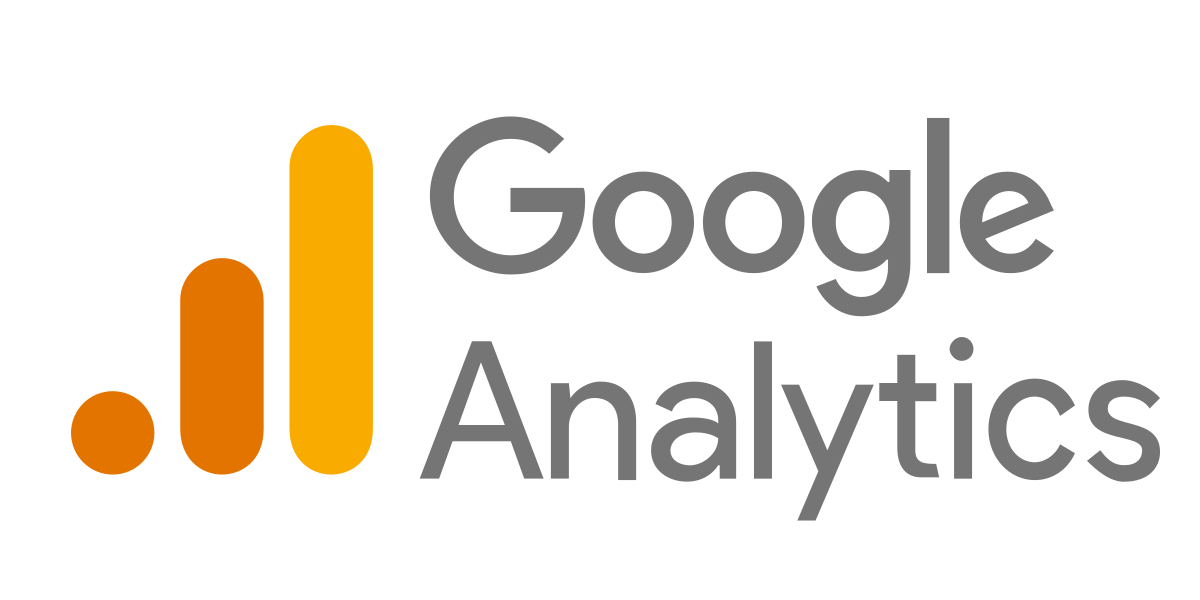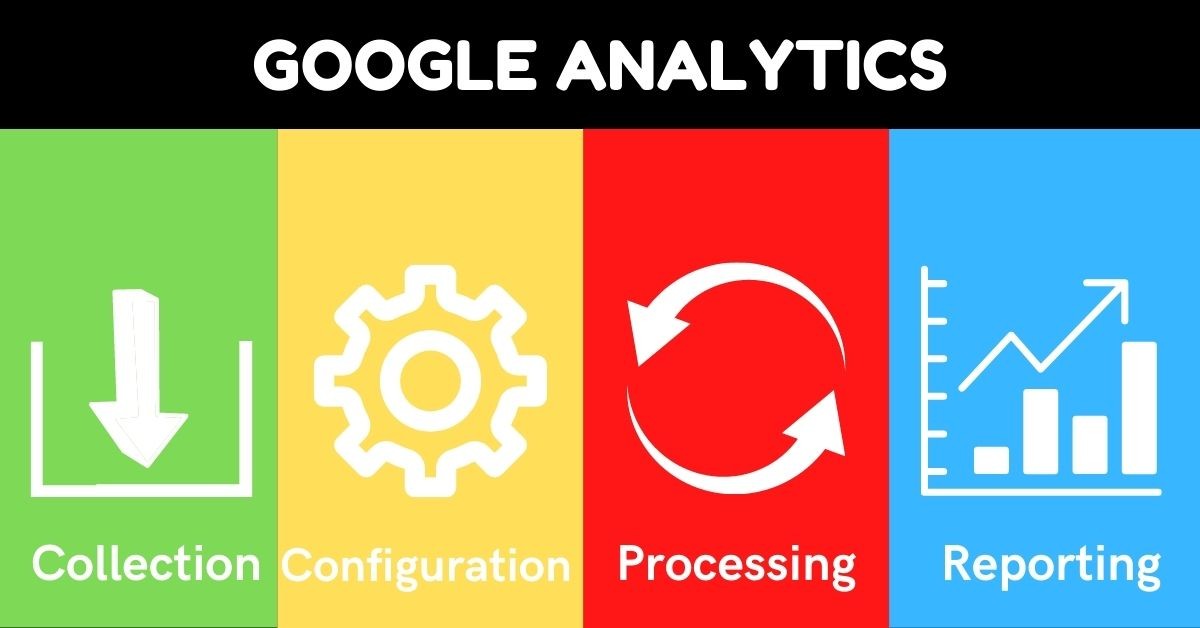Understanding What is a "Dimension" in Google Analytics for Improved Monitoring and Metrics
Understanding What is a "Dimension" in Google Analytics for Improved Monitoring and Metrics
Blog Article
Transform Your Information Analysis With Professional Tips on Google Analytics Capacities
Enhancing your data evaluation capabilities with Google Analytics measurements can be a game-changer in deciphering the ins and outs of user interactions and on-line traffic. With expert ideas and strategies in utilizing Google Analytics measurements, a globe of untapped possible beckons, promising a much deeper understanding of your on-line community.
Recognizing Google Analytics Dimensions
Google Analytics Dimensions play a critical role in supplying beneficial insights into the efficiency of an internet site or online platform. Dimensions are features of data that allow you to section and arrange your analytics data. They offer context to the metrics being examined, offering a deeper understanding of individual actions, traffic sources, and various other vital performance indications. By using measurements effectively, companies can customize their techniques to satisfy the needs and assumptions of their target audience.
Dimensions categorize data into different groups, such as traffic sources, user demographics, behavior, and innovation utilized. This segmentation allows services to determine patterns, fads, and possibilities for optimization. Understanding the various dimensions available in Google Analytics is important for translating information properly and making educated choices to enhance internet site performance and user experience.
Choosing the Right Capacities
Choosing the ideal dimensions in your Google Analytics configuration is a critical component in properly analyzing and translating data. Dimensions in Google Analytics refer to the characteristics of your data, such as source, medium, device type, or geographic place. When picking measurements, consider what specific insights you aim to get from your data analysis.

It is important to pick dimensions that straighten with your company purposes and the questions you look for to respond to. By choosing the best measurements, you can boost the deepness and accuracy of your data analysis, bring about even more informed decision-making and actionable insights.
Using Personalized Dimensions Efficiently
When aiming to dig much deeper right into particular data factors past the basic dimensions supplied by default in Google Analytics, making use of personalized dimensions can provide a tailored strategy to monitoring and analyzing unique metrics. Customized dimensions enable you to specify and gather information that matters most to your service, giving a more extensive view of individual communications and actions on your website. By creating custom-made measurements, you can segment and evaluate information based upon parameters particular to your service objectives, such as consumer demographics, material communications, or marketing campaign performance. This level of modification allows you to gain insights that conventional measurements might not record, causing Resources even more educated decision-making processes and targeted optimization methods. To successfully utilize custom dimensions, it is necessary to strategy and execute them thoughtfully, guaranteeing they line up with your information and objectives analysis needs. On a regular basis evaluating and refining your customized measurements based on transforming business needs is vital to making best use of the value they bring to your Google Analytics data analysis efforts.

Advanced Strategies for Measurement Analysis
For comprehensive data evaluation and acquiring useful understandings from your Google Analytics reports, understanding advanced strategies for dimension analysis is essential. Advanced strategies for dimension analysis entail diving deeper into the data to discover even more comprehensive understandings. One such technique is segmenting measurements to produce even more targeted evaluation. By integrating several dimensions, such as traffic resources and user demographics, you can obtain a much better understanding of how various sections of your audience act on your site.
Another innovative method is making use of personalized reports to evaluate measurements throughout various metrics. This allows you to contrast and contrast exactly how certain measurements effect different aspects of your website efficiency. Furthermore, leveraging the power of secondary dimensions can give extra context to primary measurements, supplying a much more extensive sight of your information.

Improving Data Visualization With Measurements
To improve the understanding and analysis of data accumulated via Google Analytics, improving data visualization with measurements is a calculated approach. Measurements in my site Google Analytics supply descriptive characteristics of data, enabling individuals to segment and organize details for clearer insights.
Improving information visualization with measurements not only streamlines the presentation of data yet additionally aids in making informed choices based upon the analysis. Graphes use a user-friendly and quick way to understand key metrics and performance indications, facilitating interaction and cooperation within a company. By integrating dimensions into information visualization strategies, services can unlock the full potential of their Google Analytics information and drive data-informed approaches for development and optimization.
Conclusion
Finally, grasping Google Analytics dimensions is crucial for unlocking valuable understandings and improving decision-making. By thoroughly choosing dimensions lined up with key efficiency indicators, making use of customized measurements successfully, and applying innovative strategies such as division and secondary measurements, you can uncover patterns in individual actions and web traffic resources. Improving data visualization with clear depictions of searchings for will better aid in analyzing complex data and driving reliable growth methods.
When aiming to dig much deeper into certain information points beyond the basic measurements given by default in Google Analytics, using personalized dimensions can use a tailored technique to monitoring and analyzing special metrics. Additionally, leveraging the power of secondary measurements can give additional context to main measurements, offering a much more detailed have a peek here view of your data.
To boost the understanding and interpretation of information collected with Google Analytics, improving data visualization with measurements is a tactical strategy (what is a “dimension” in google analytics?). By integrating measurements into data visualization strategies, businesses can open the full possibility of their Google Analytics data and drive data-informed approaches for growth and optimization
By thoroughly picking dimensions straightened with key efficiency indications, utilizing personalized measurements successfully, and using advanced methods such as segmentation and second measurements, you can discover patterns in individual behavior and web traffic resources.
Report this page